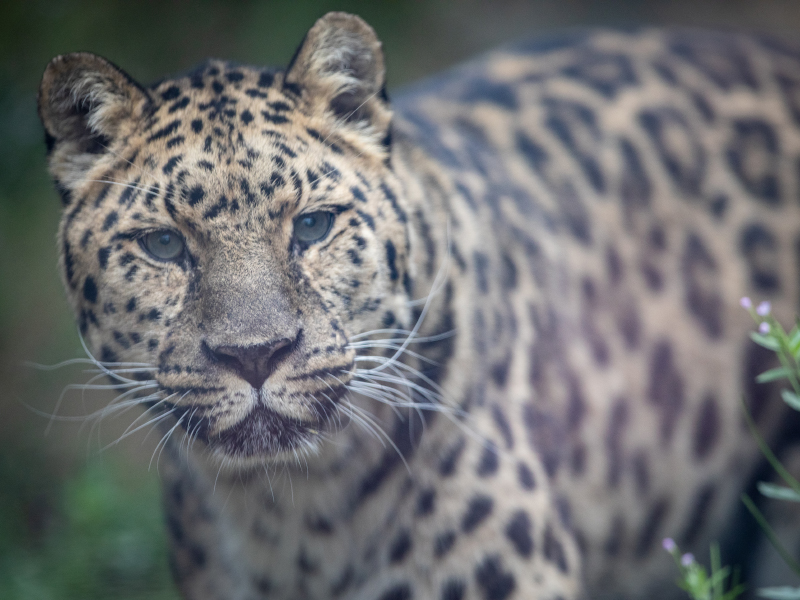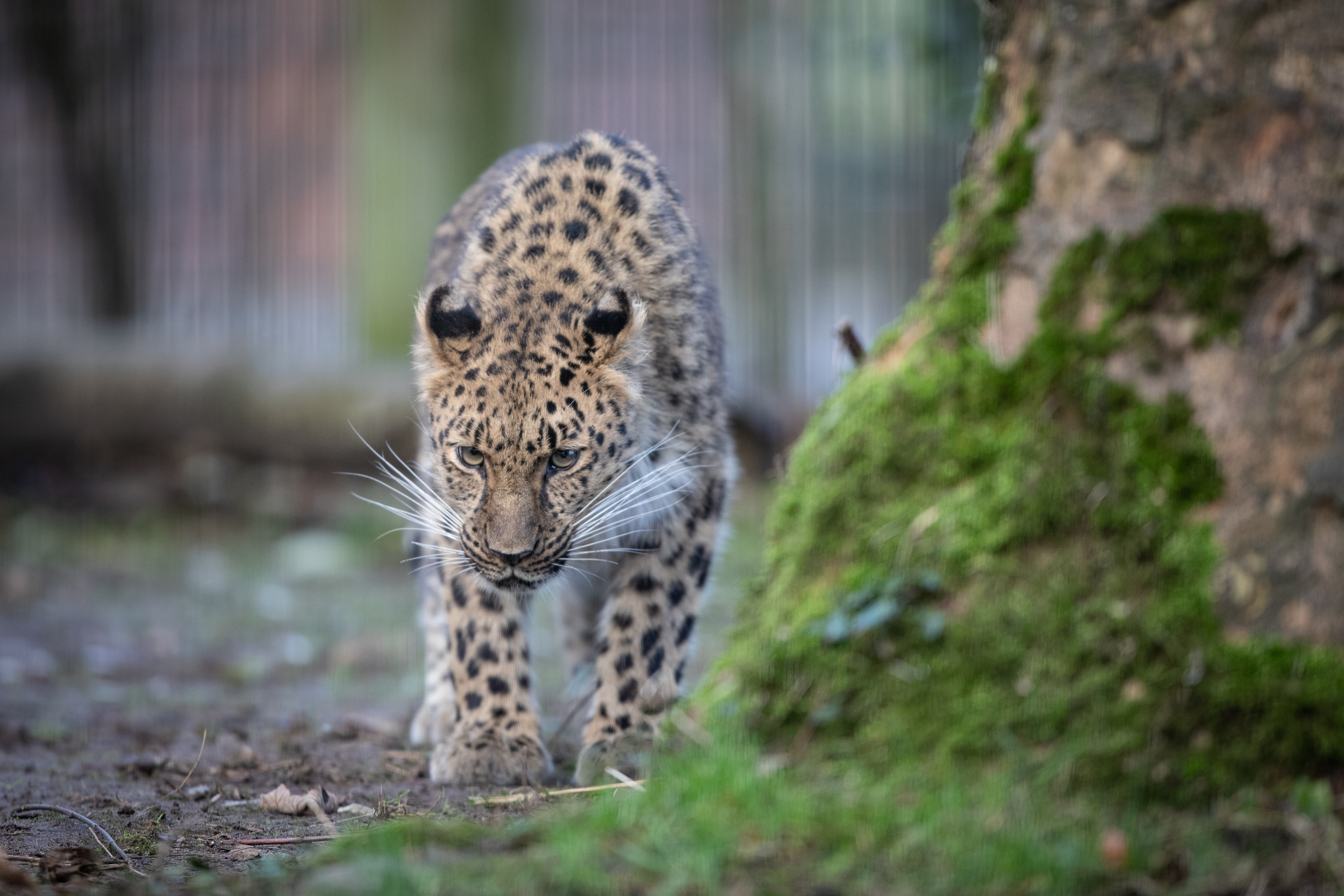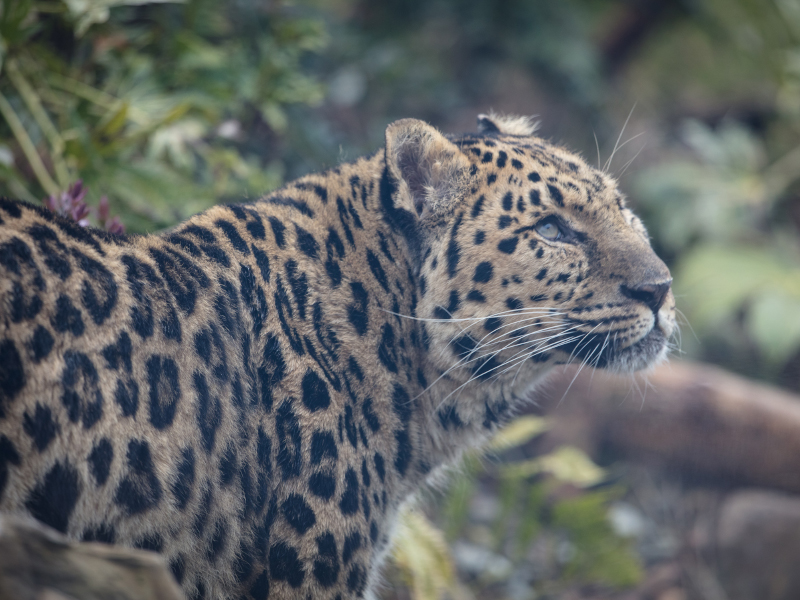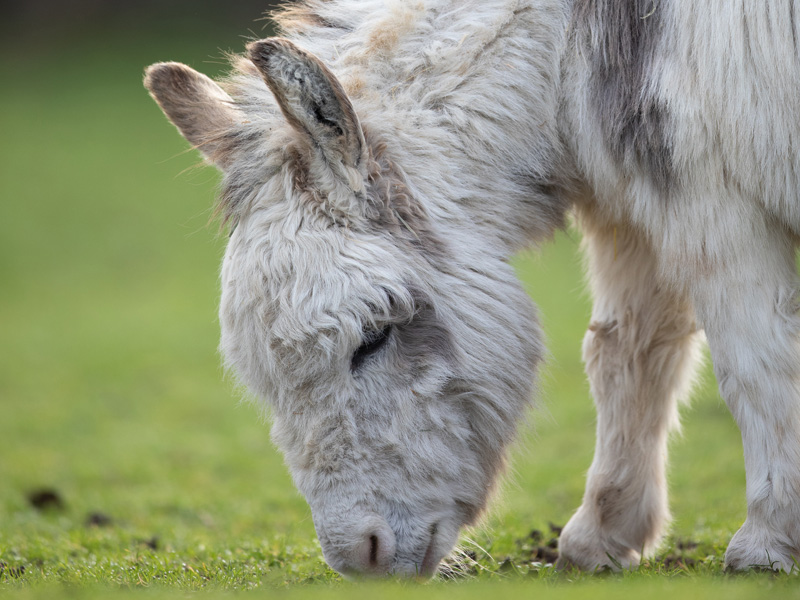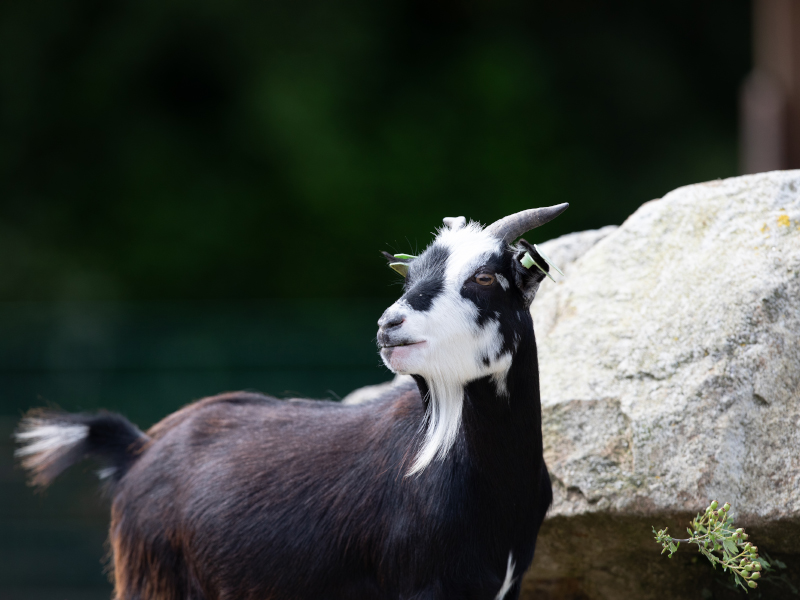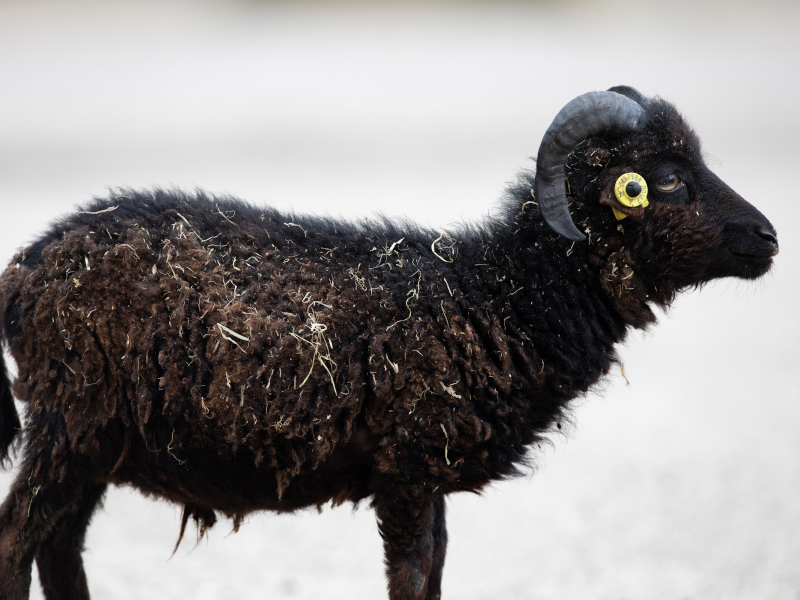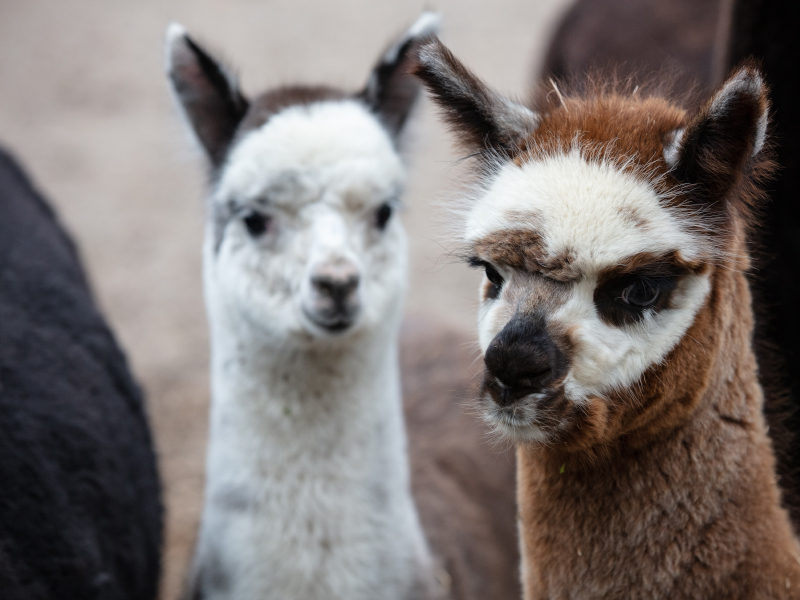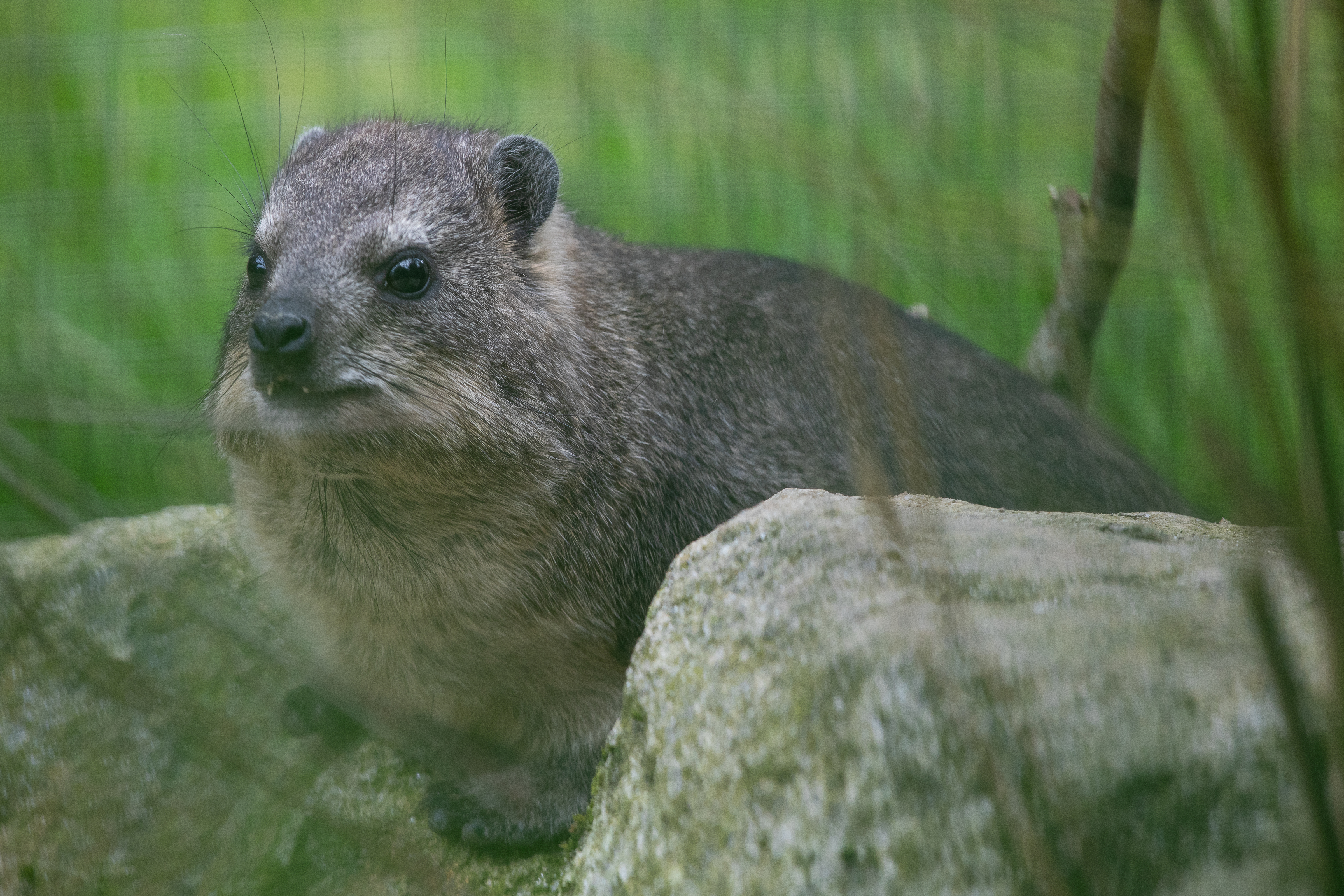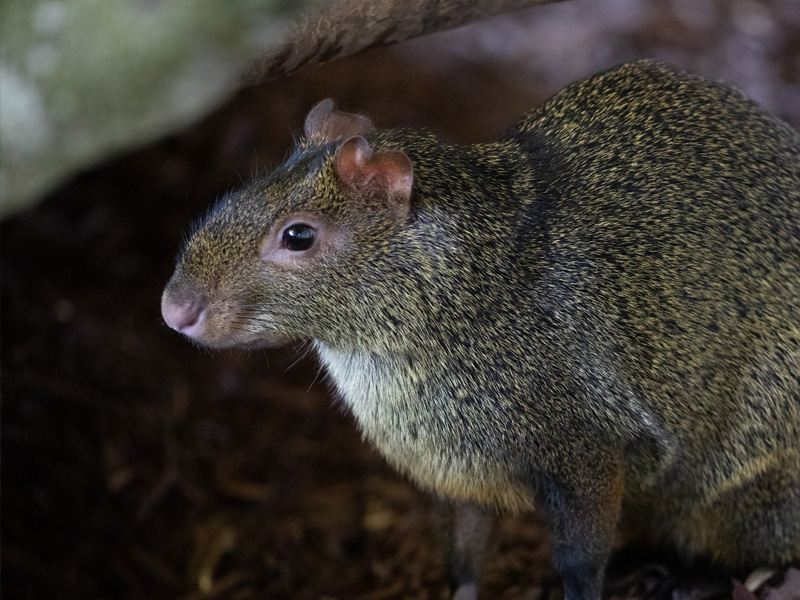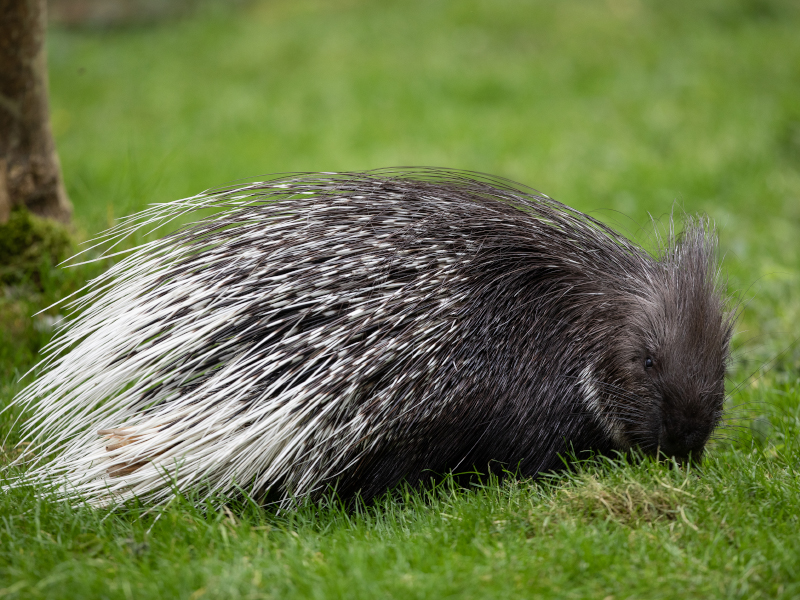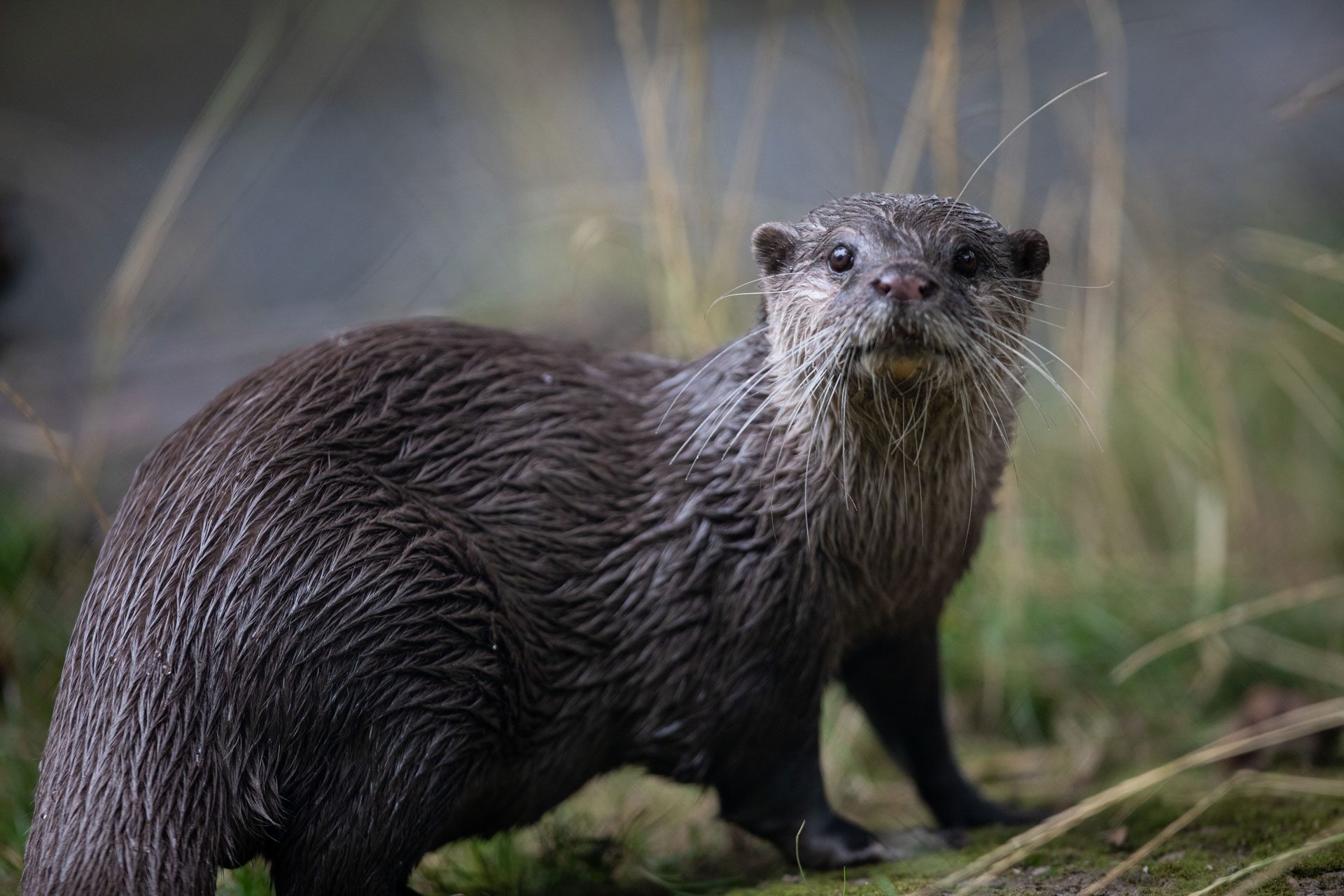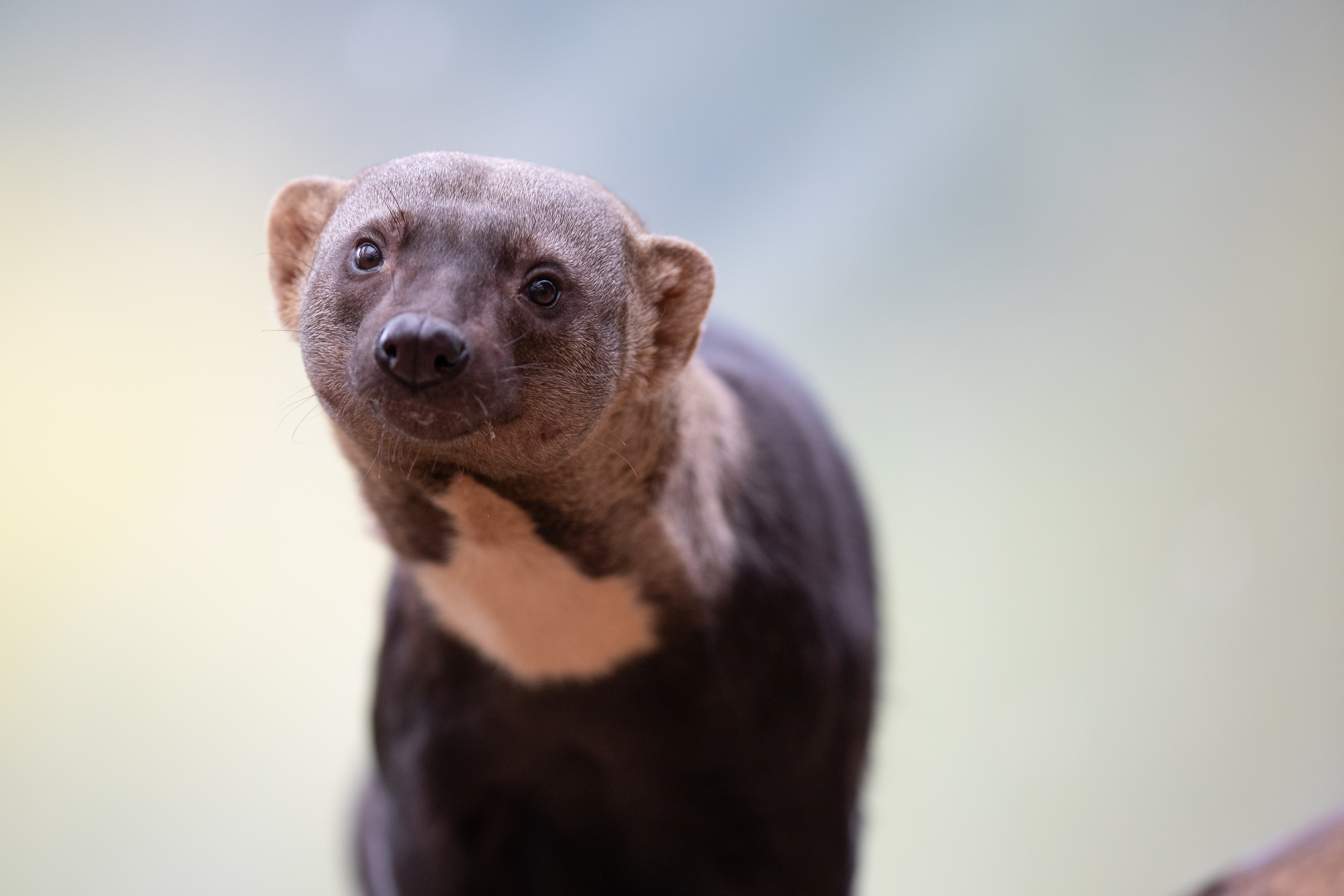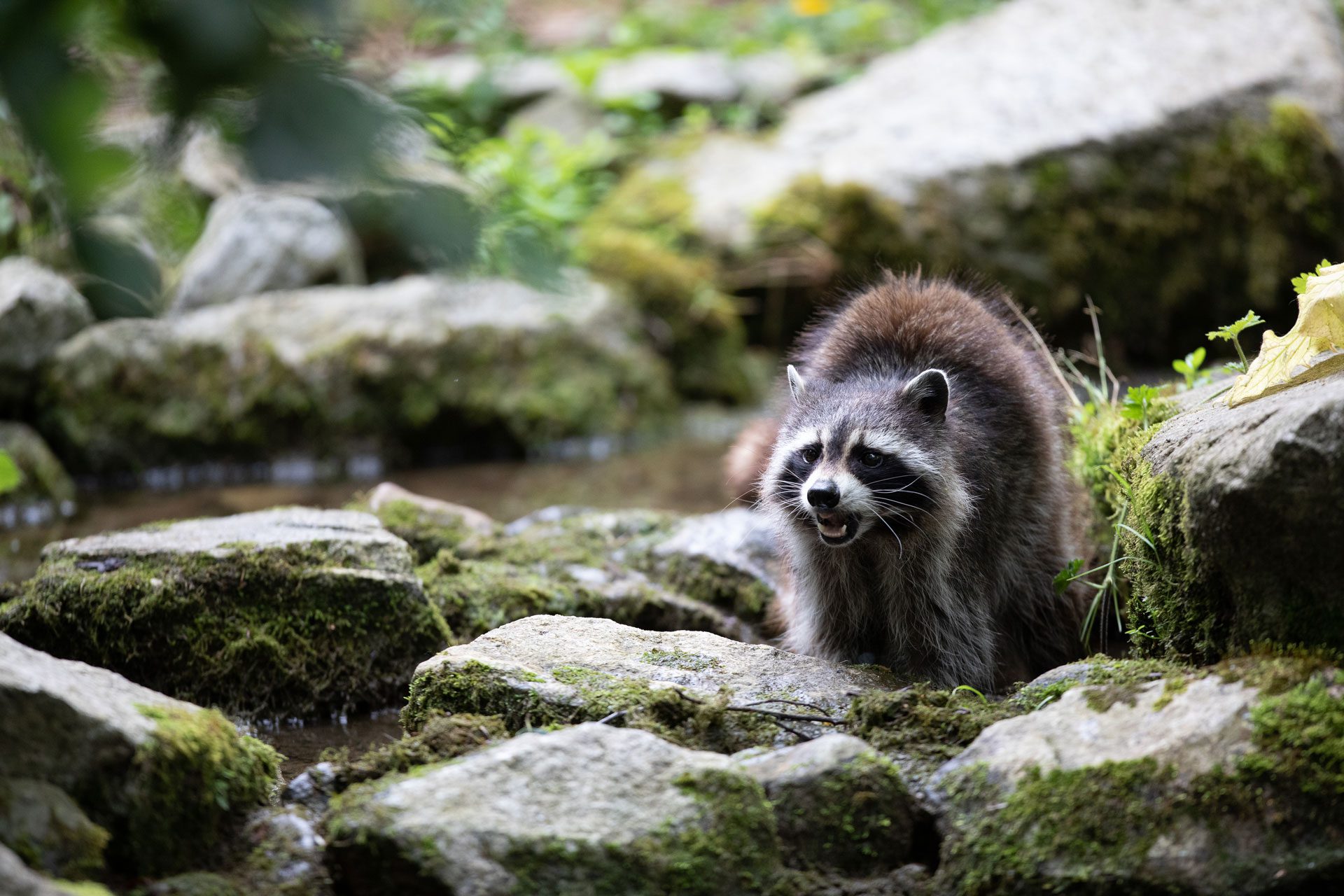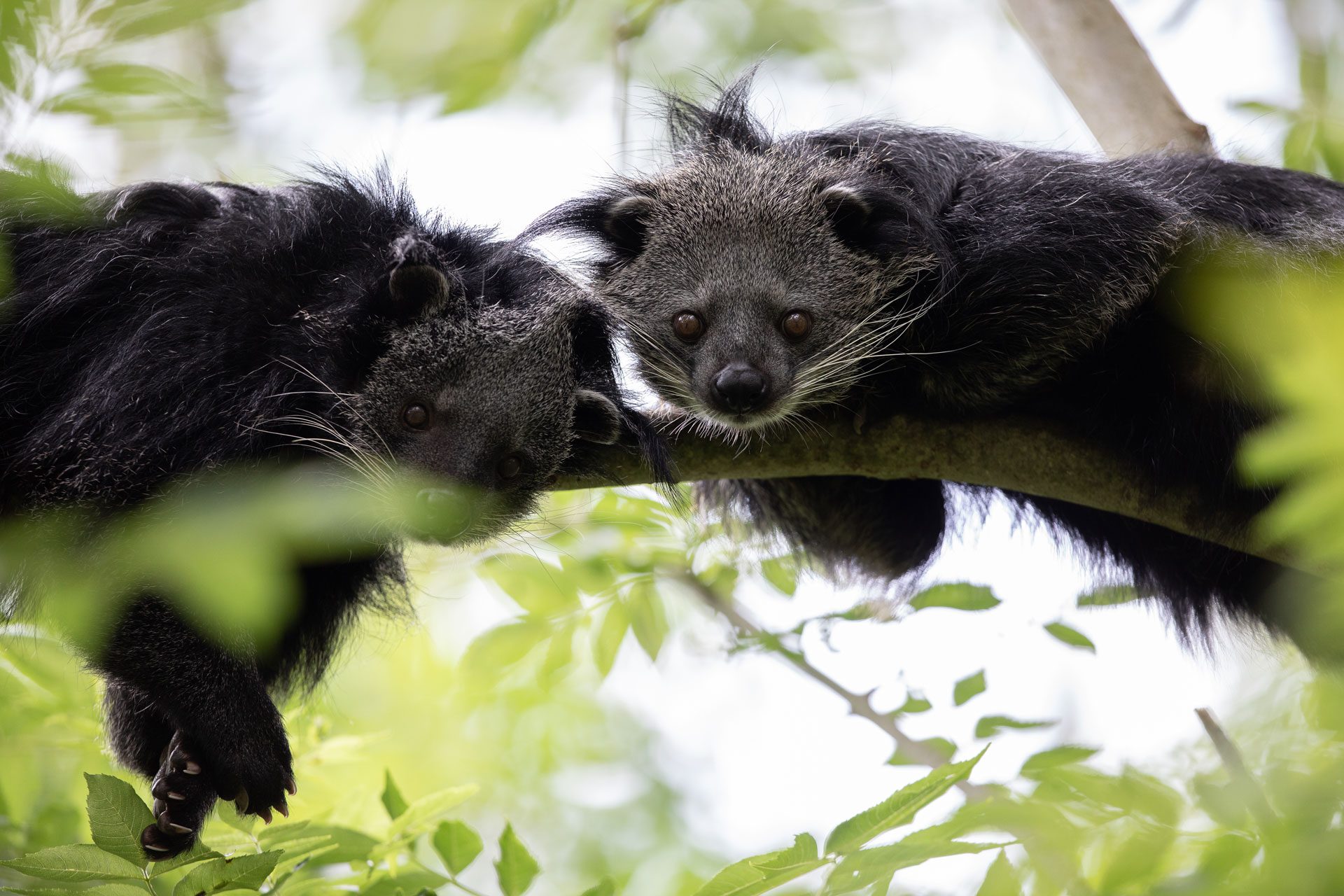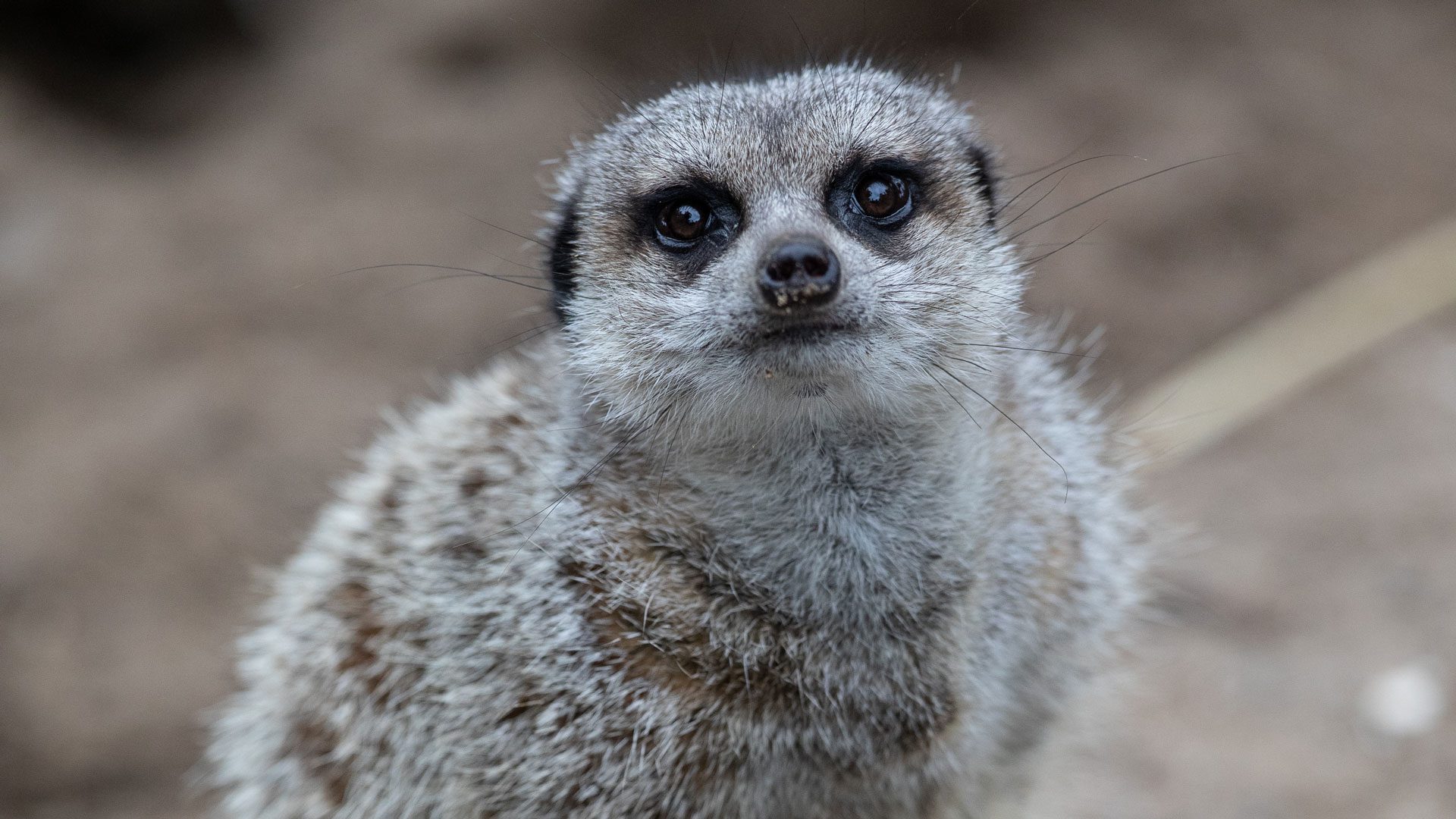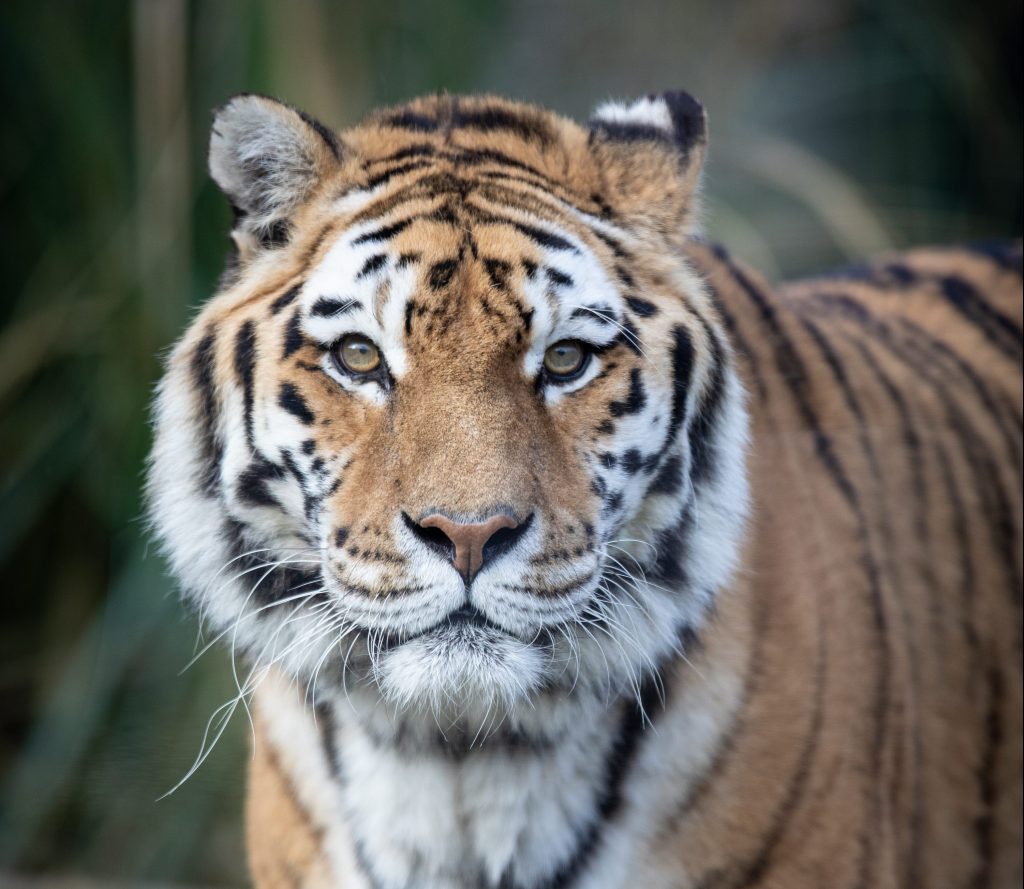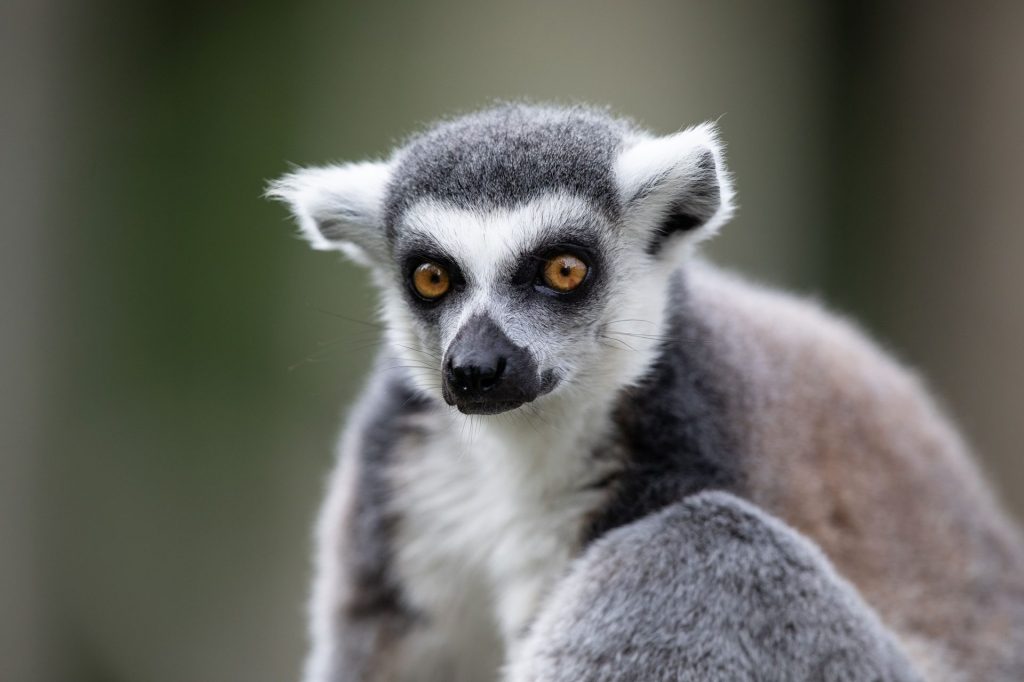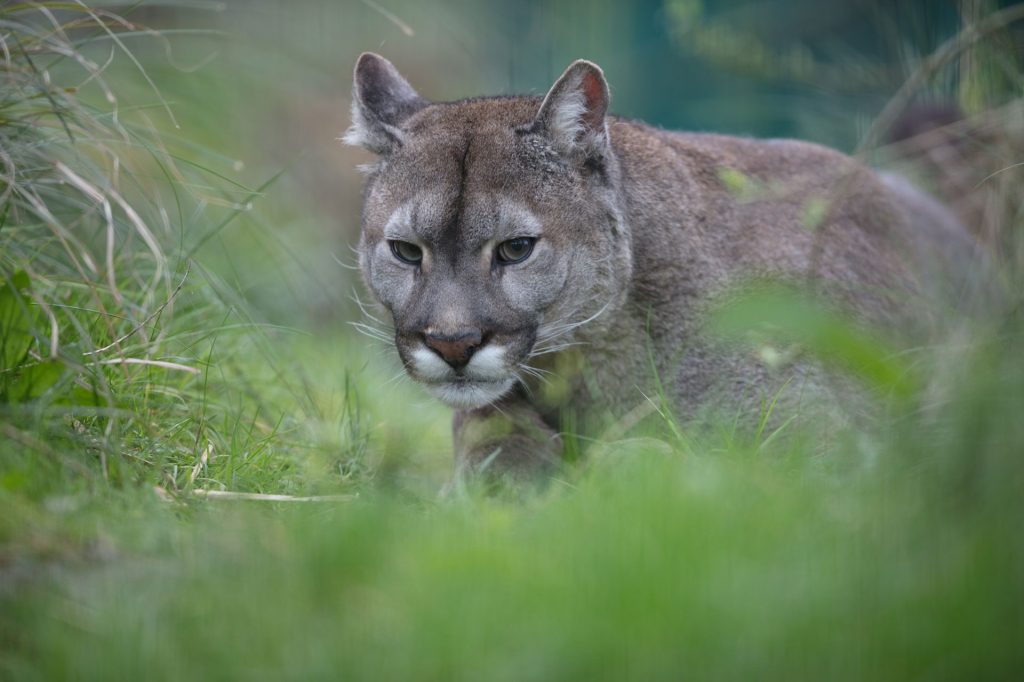Amur leopards are the rarest of all big cats!
They are mainly solitary and nocturnal animals and can be distinguished from other leopard subspecies as their fur is lighter in colour and it grows much thicker in the winter. They are predators adapted to ambush and hunt prey using their camouflage, sharp claws, and teeth. Amur leopards are agile climbers and will hide an unfinished meal to ensure that no other predator will take it.
Amur leopards are top predators in their habitat playing an important role in the regulation of prey species. This ensures a healthy balance ecosystem in which they inhabit.
They are most active at night and will mark their territories by scratching trees and spraying urine.

Popular Searches
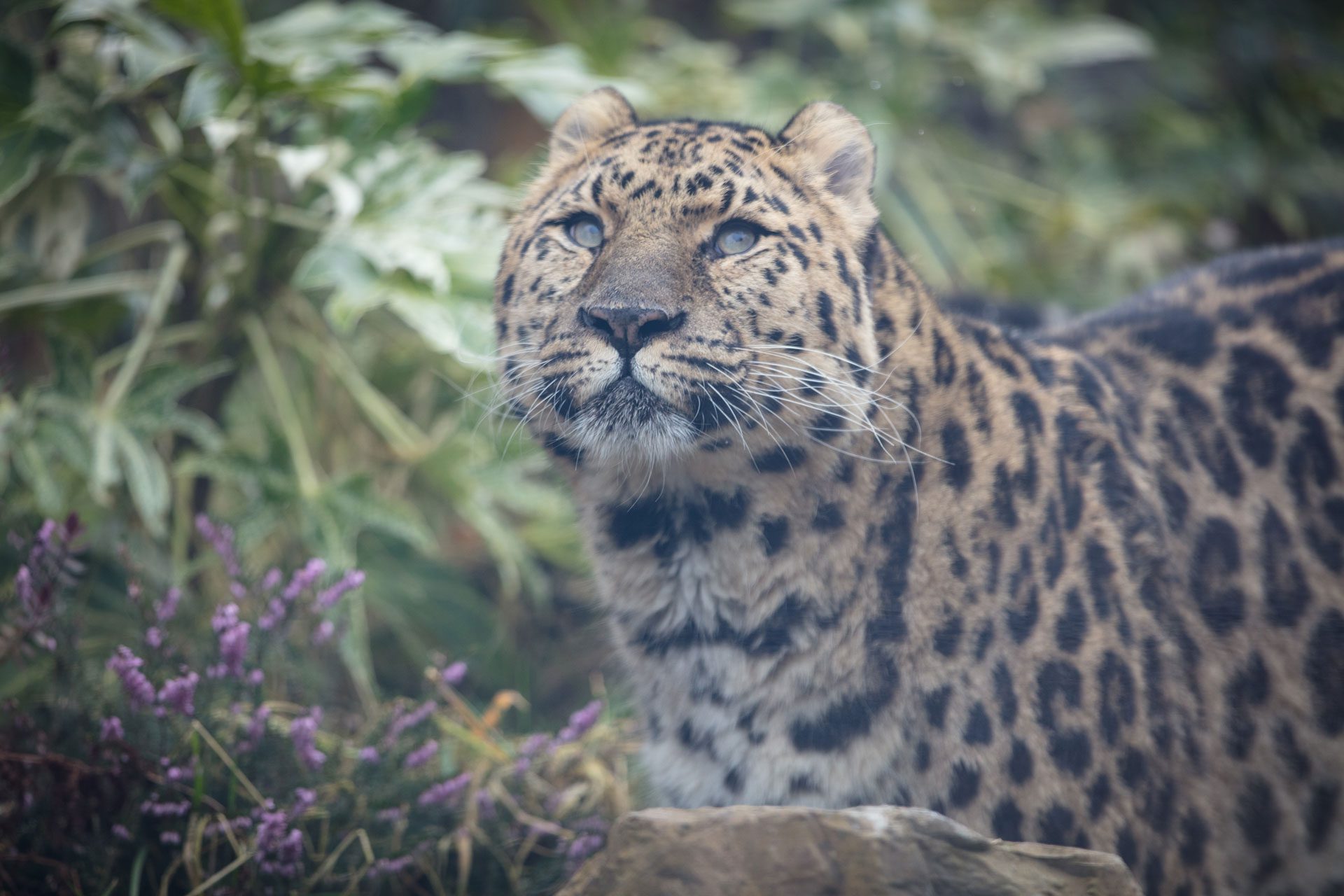
Amur leopard
For more info on classifications visit
www.iucnredlist.org
-
Introduction
-
Conservation
Amur leopards are critically endangered.
Approximately 80% of the Amur leopards’ former range has been destroyed due to habitat loss including logging, forest fires and land conversion, for farming. Amur leopards and their prey are also at risk to wildlife poaching.
Currently there are estimated to be less than 100 individuals in the wild*
Reintroduction of the Amur leopard requires healthy zoo populations. Through providing suitable breeding pairs, raising funds, and engagement with the public, modern zoos form the backbone of reintroduction programmes.
*2021 estimates
Emerald Park conservation contribution:
Wild Cats Conservation Alliance
Emerald Park has continued to support the Wildcats Conservation Alliance through funding that is needed to protect the critically endangered Amur leopard and endangered Amur tiger. To date, more than €50,000 has been donated to the conservation organisation, to aid in ‘Securing a Future for Amur leopards and Tigers in Russia’.
100% of funds, from Emerald Park, go directly to field work, supporting the project in several ways, including:
Reducing the poaching of Amur tigers, Amur leopards and their prey species and improve the protection of their habitat.
Improvement of law enforcement efforts within areas that are protected.
Raising awareness and involving the local people in nature conservation actions.
Wildlife Vets International
Emerald Park, has donated to Wildlife Vets international (WVI) who aid conservationist and local vets, around the world, to save threatened species. WVI have been involved in developing ways to mitigate the risk of Canine Distemper Virus (CDV) to wild animals, including Amur leopards.
EEP
Amur leopards are part of the EAZA Ex-situ Programme (EEP). This means that their population is managed to ensure that there are heathy individuals within EAZA member zoos should there be the requirement of reintroductions, to the wild, in the future. -
Habitat
Amur leopards are the most northernly of all leopard subspecies. They once ranged across Russia and China but have since lost up to 80% of their territory. Now their range is limited to approximately 5,000km2 along the Russian Chinese border.
They can be found in temperate forests that can become very cold in the winter. -
Fun Facts
The markings on leopard are known as ‘rosettes’, that have a golden background and a light brown spot in the middle of a black ring.



